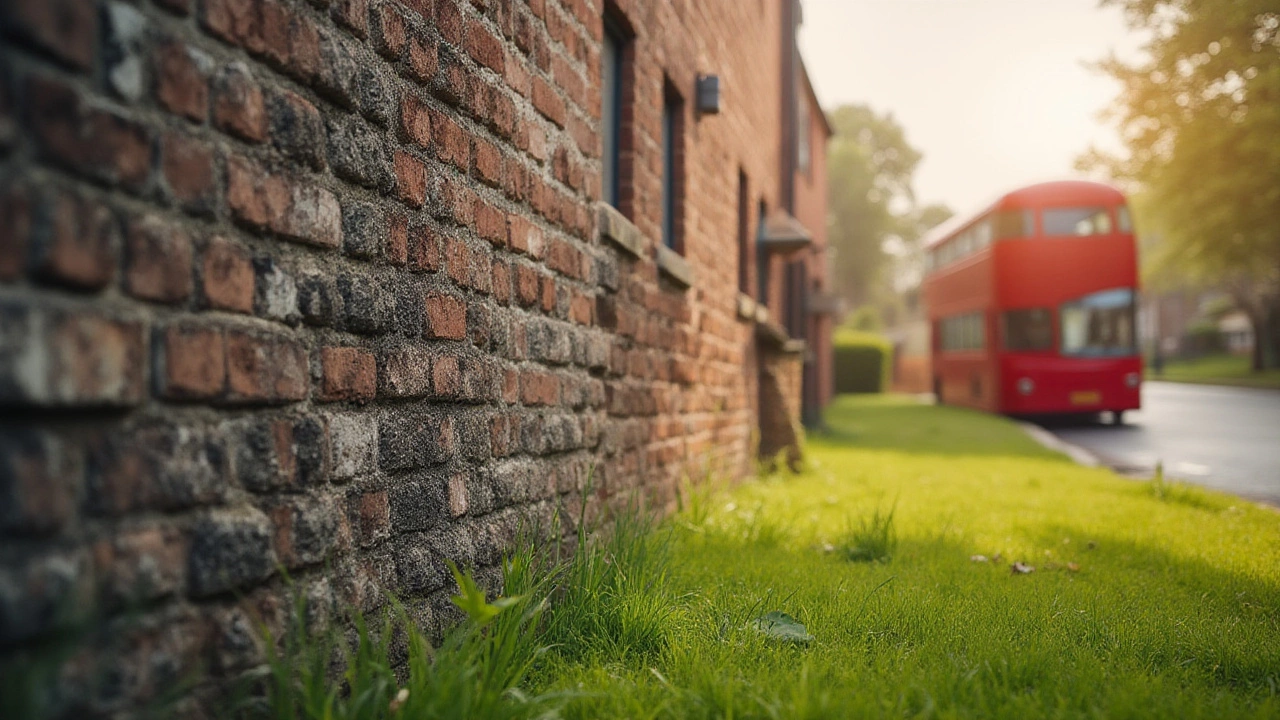Remove Mold: Quick DIY Steps for a Safe Home
Seeing black or green spots on a wall or ceiling is a clear sign that mold has moved in. It’s not just ugly – it can make you sick and damage your property. The good news? You don’t need a pro for every case. With the right tools and a few simple steps, you can scrub most mold away and keep it from coming back.
Identify and Assess Mold Spots
First, make sure it’s really mold and not just a stain. Mold usually looks fuzzy and has a musty odor. Check the size – patches under 10 square feet are safe to tackle yourself. Anything larger, or mold that’s behind drywall or HVAC ducts, should be handled by experts like Dandy Fox Cleaning Services.
Before you start, protect yourself. Wear a pair of gloves, goggles, and an N‑95 mask. Open windows and run a fan to improve ventilation. If the area is heavily water‑damaged, dry it out completely before you begin cleaning.
Effective DIY Methods to Kill Mold
Vinegar is a kitchen hero. Pour undiluted white vinegar into a spray bottle, coat the moldy surface, and let it sit for an hour. The acidity kills most mold species. After the wait, scrub with a brush and wipe clean with a damp cloth.
For tougher spots, mix one part hydrogen peroxide (3%) with two parts water. Spray, wait 10 minutes, then scrub. Hydrogen peroxide breaks down mold spores without the harsh fumes of bleach.
If you prefer an old‑school approach, use a bleach solution: one cup bleach to a gallon of water. Spray, let it bubble for 15 minutes, then scrub. Only use bleach in well‑ventilated areas and never mix it with vinegar or ammonia – the fumes can be dangerous.
Baking soda works as a gentle scrub and deodorizer. Dissolve half a cup in a spray bottle of water, spray the area, then scrub with a brush. Rinse with clean water and wipe dry.
After cleaning, dry the surface thoroughly. Moisture is mold’s best friend, so a damp area will invite it back within days. Use a dehumidifier or place a fan near the spot for a few hours.
Prevention is the final piece of the puzzle. Keep indoor humidity below 60% – a hygrometer can help you monitor it. Fix leaks right away, whether they’re from a roof, pipe, or window. Insulate cold surfaces to stop condensation, and run exhaust fans in kitchens and bathrooms.
Regularly inspect places prone to dampness, like basements, under sinks, and around showers. A quick visual check each month can catch mold before it spreads.
If you’ve tried these steps and the mold keeps returning, it may be feeding on hidden moisture or a larger infestation. That’s when calling a professional cleaning service is wise. Dandy Fox Cleaning Services offers thorough mold remediation, air quality testing, and long‑term moisture control.
Bottom line: most small mold patches can be removed with household items, the right safety gear, and a bit of patience. Stay on top of moisture, act fast when you see growth, and you’ll keep your home healthy and mold‑free.

Does Pressure Washing Really Remove Mold? Facts, Tips, and What Works
Ever wondered if pressure washing can truly get rid of mold? Learn what works, what to avoid, and smart ways to use a pressure washer for effective mold removal.
Read More